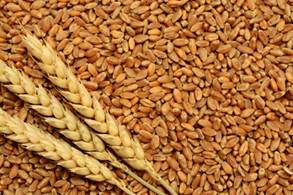Free Courses Sale ends Soon, Get It Now


Free Courses Sale ends Soon, Get It Now



Disclaimer: Copyright infringement of intended.
Context
Highlights
Coal
Palm oil
Wheat
Sugar
Chicken
Rice
Food trade protectionism since the invasion of Ukraine
How do export restrictions affect food price inflation?
Impact of Russia-Ukraine war

All these show the direct effect of the export bans on food price inflation. But these measures can also ignite a multiplier. Other exporters may impose restrictions shifting in the global supply of food and importers may further reduce import protection shifting out global demand. Both actions would magnify the initial price shock.
Conclusion
© 2024 iasgyan. All right reserved